Home>Furniture & Design>Bathroom Accessories>What Is The Best Type Of Loofah
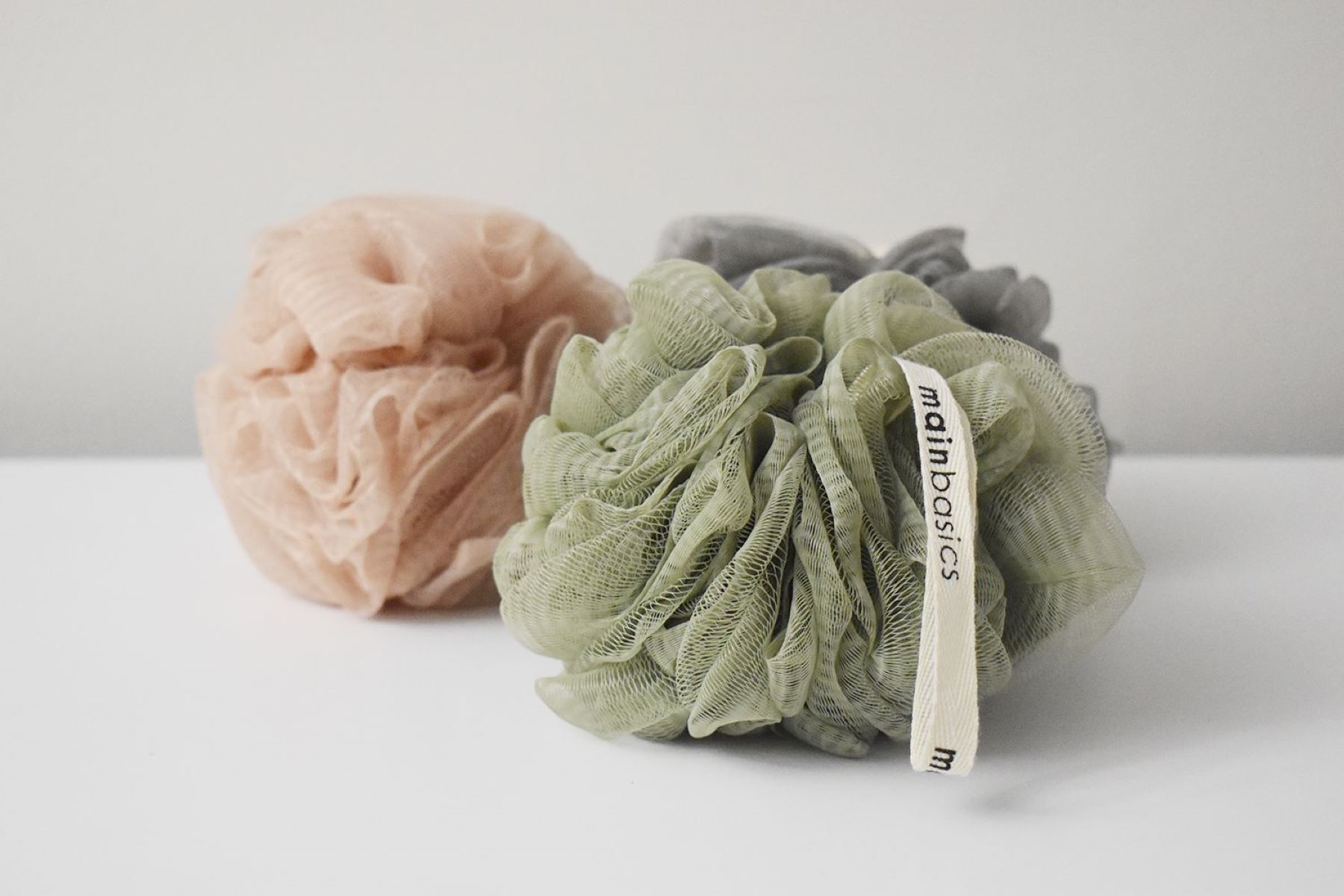

Bathroom Accessories
What Is The Best Type Of Loofah
Modified: February 17, 2024
Discover the best type of loofah for your bathroom needs. Explore a variety of bathroom accessories to enhance your daily routine. Choose the perfect loofah for your self-care regimen.
(Many of the links in this article redirect to a specific reviewed product. Your purchase of these products through affiliate links helps to generate commission for Storables.com, at no extra cost. Learn more)
Introduction
When it comes to enhancing our bathing experience, the choice of bathroom accessories plays a significant role. Among these accessories, the loofah stands out as a popular and versatile tool for exfoliating and cleansing the skin. However, with the wide variety of loofahs available in the market, it can be challenging to determine the best type for individual needs.
In this comprehensive guide, we will explore the different types of loofahs, including natural, synthetic, and silicone options, to help you make an informed decision. Each type offers unique benefits and considerations, and understanding their characteristics will empower you to select the most suitable loofah for your personal care routine.
As we delve into the world of loofahs, we will uncover the distinctive features and advantages of each type, shedding light on their exfoliating properties, durability, and environmental impact. By the end of this exploration, you will have gained valuable insights into the best type of loofah to elevate your bathing experience and promote healthy, radiant skin.
Key Takeaways:
- Natural loofahs offer eco-friendly exfoliation, but require maintenance and may be too abrasive for sensitive skin. They are biodegradable and versatile, making them a sustainable choice for skincare.
- Synthetic loofahs are durable and hygienic, suitable for sensitive skin, but may contribute to plastic waste. They offer a gentle exfoliation experience and require minimal upkeep, catering to modern skincare needs.
Read more: What Is A Loofah For
Natural Loofah
Natural loofah, also known as luffa or sponge gourd, is derived from the fibrous skeleton of the mature luffa plant. This type of loofah is renowned for its organic and eco-friendly properties, making it a popular choice among individuals who prioritize sustainability in their personal care routines.
Characteristics and Benefits
-
Exfoliating Power: Natural loofahs boast excellent exfoliating properties, effectively removing dead skin cells and promoting healthy skin renewal. The natural texture of the loofah gently buffs away impurities, leaving the skin smooth and rejuvenated.
-
Biodegradability: One of the most compelling features of natural loofahs is their biodegradability. After reaching the end of its lifespan, a natural loofah can be composted, contributing to environmental sustainability and reducing waste.
-
Versatility: Natural loofahs are versatile and can be used for various purposes beyond exfoliation. They can serve as a gentle scrubber for dishwashing or cleaning surfaces, showcasing their multi-functional utility.
Considerations
-
Maintenance: It is important to properly maintain natural loofahs to prevent the growth of bacteria and mold. Regular cleaning and thorough drying after each use are essential to prolong the lifespan of the loofah and maintain hygiene.
-
Sensitivity: While natural loofahs are excellent for exfoliation, individuals with sensitive skin should exercise caution, as the natural texture may be too abrasive for their skin type.
Environmental Impact
Natural loofahs are a sustainable choice, as they are derived from a renewable resource and can be disposed of without causing harm to the environment. By opting for natural loofahs, consumers contribute to the reduction of plastic waste and support eco-friendly practices in personal care.
In summary, natural loofahs offer a blend of exfoliating prowess, biodegradability, and versatility, making them an appealing option for those seeking a sustainable and effective skincare accessory. With proper care and consideration for individual skin types, natural loofahs can elevate the bathing experience while aligning with eco-conscious values.
Read more: What Is A Loofah
Synthetic Loofah
Synthetic loofahs, also known as plastic or nylon loofahs, have gained popularity as an alternative to natural loofahs due to their distinct characteristics and benefits. These loofahs are crafted from synthetic materials, offering unique features that cater to specific preferences and skincare needs.
Characteristics and Benefits
-
Gentle Texture: Synthetic loofahs are known for their soft and gentle texture, making them suitable for individuals with sensitive skin. Unlike natural loofahs, which can be abrasive for some skin types, synthetic loofahs provide a milder exfoliation experience while effectively cleansing the skin.
-
Durability: One of the key advantages of synthetic loofahs is their durability. These loofahs are resilient and long-lasting, maintaining their shape and effectiveness over an extended period. The sturdy nature of synthetic loofahs ensures that they can withstand regular use without deteriorating quickly.
-
Hygienic Properties: Synthetic loofahs are often lauded for their hygienic properties. Unlike natural loofahs, which require meticulous maintenance to prevent bacterial growth, synthetic loofahs are less prone to harboring bacteria and mold. This characteristic contributes to a more hygienic skincare accessory that requires minimal upkeep.
Considerations
-
Environmental Impact: While synthetic loofahs offer durability and hygienic benefits, their environmental impact is a point of consideration. As they are typically made from non-biodegradable materials, the disposal of synthetic loofahs may contribute to plastic waste accumulation. Individuals who prioritize eco-friendly choices may opt for alternative options to minimize their environmental footprint.
-
Exfoliation Intensity: While the gentle texture of synthetic loofahs is advantageous for sensitive skin, individuals seeking a more intense exfoliation experience may find natural loofahs more suitable. The mild exfoliation provided by synthetic loofahs may not meet the preferences of those desiring a deeper skin renewal effect.
Environmental Impact
The environmental impact of synthetic loofahs is a significant consideration in the context of sustainable consumer choices. While these loofahs offer durability and hygienic benefits, their composition of non-biodegradable materials raises concerns regarding their long-term environmental impact. As consumers become increasingly conscious of their ecological footprint, the environmental considerations associated with synthetic loofahs play a pivotal role in decision-making processes.
In summary, synthetic loofahs present a compelling option for individuals with sensitive skin and a preference for durable and hygienic skincare accessories. However, it is essential to weigh the environmental implications and exfoliation intensity against the benefits offered by synthetic loofahs to make an informed choice aligned with personal skincare needs and environmental values.
Read more: What Plant Is A Loofah
Silicone Loofah
Silicone loofahs have emerged as a modern and innovative option in the realm of skincare accessories, offering a unique blend of features that set them apart from traditional loofahs. Crafted from high-quality silicone materials, these loofahs have garnered attention for their distinctive characteristics and benefits, catering to the evolving preferences of individuals seeking an advanced bathing experience.
Characteristics and Benefits
Silicone loofahs are revered for their exceptional durability, as the resilient nature of silicone ensures that these skincare accessories maintain their integrity over an extended period. Unlike natural and synthetic loofahs, which may deteriorate or lose their effectiveness with prolonged use, silicone loofahs exhibit remarkable longevity, making them a reliable and enduring addition to personal care routines.
One of the standout features of silicone loofahs is their hygienic properties. The non-porous nature of silicone prevents the accumulation of bacteria and mold, offering a more sanitary and low-maintenance skincare accessory. This characteristic not only simplifies the cleaning and upkeep of the loofah but also contributes to a consistently hygienic bathing experience, aligning with the emphasis on cleanliness and convenience in modern lifestyles.
Furthermore, silicone loofahs are designed to provide a gentle yet effective exfoliation experience. The soft and flexible silicone bristles delicately cleanse and massage the skin, promoting circulation and rejuvenation without causing irritation. This gentle exfoliation is particularly beneficial for individuals with sensitive skin, as it offers a soothing and nurturing skincare routine without compromising on efficacy.
Considerations
While silicone loofahs offer a host of advantages, it is important to consider the environmental impact of these modern skincare accessories. As silicone is a synthetic material, the biodegradability of silicone loofahs may raise concerns for environmentally conscious consumers. The long-term implications of silicone waste and disposal should be weighed against the benefits of durability and hygiene to make an informed decision aligned with sustainable practices.
Additionally, the exfoliation intensity of silicone loofahs, while gentle and suitable for many individuals, may not meet the preferences of those seeking a more vigorous skin renewal experience. Understanding personal skincare needs and desired exfoliation effects is crucial in evaluating the compatibility of silicone loofahs with individual preferences and skin types.
In summary, silicone loofahs offer a compelling blend of durability, hygiene, and gentle exfoliation, catering to the evolving demands of modern skincare routines. By considering the unique characteristics and potential considerations associated with silicone loofahs, individuals can make informed choices that align with their skincare goals and environmental values.
Conclusion
In conclusion, the quest for the best type of loofah unveils a diverse landscape of options, each offering distinct characteristics and benefits. Natural loofahs stand out as a sustainable and exfoliating powerhouse, boasting biodegradability and versatile utility. Their organic origins and eco-friendly disposition make them an appealing choice for individuals seeking a harmonious blend of skincare efficacy and environmental consciousness.
On the other hand, synthetic loofahs present a compelling proposition with their gentle texture, durability, and hygienic properties. Catering to the needs of individuals with sensitive skin and a preference for long-lasting skincare accessories, synthetic loofahs offer a modern solution while prompting considerations regarding their environmental impact.
The emergence of silicone loofahs introduces a contemporary dimension to the realm of skincare accessories, showcasing exceptional durability, hygiene, and gentle exfoliation. These innovative loofahs cater to the evolving demands of modern lifestyles, emphasizing convenience and effectiveness while prompting deliberations on their environmental implications and exfoliation intensity.
As individuals navigate the array of loofah options, considerations encompassing exfoliation preferences, skin sensitivity, durability, and environmental impact come to the forefront. The decision-making process is influenced by a delicate balance of personal skincare needs, sustainability values, and the desire for an enriching bathing experience.
Ultimately, the best type of loofah is a subjective determination, shaped by individual preferences, ethical considerations, and skincare objectives. Whether embracing the natural allure of luffa, the modern appeal of synthetic materials, or the innovative resilience of silicone, each type of loofah offers a unique avenue for enhancing personal care routines.
By understanding the distinctive features and potential considerations associated with natural, synthetic, and silicone loofahs, individuals can make informed choices that align with their skincare goals and environmental values. The journey to discovering the best type of loofah is a nuanced exploration, guided by a commitment to holistic well-being, sustainability, and the pursuit of radiant, rejuvenated skin.
Frequently Asked Questions about What Is The Best Type Of Loofah
Was this page helpful?
At Storables.com, we guarantee accurate and reliable information. Our content, validated by Expert Board Contributors, is crafted following stringent Editorial Policies. We're committed to providing you with well-researched, expert-backed insights for all your informational needs.
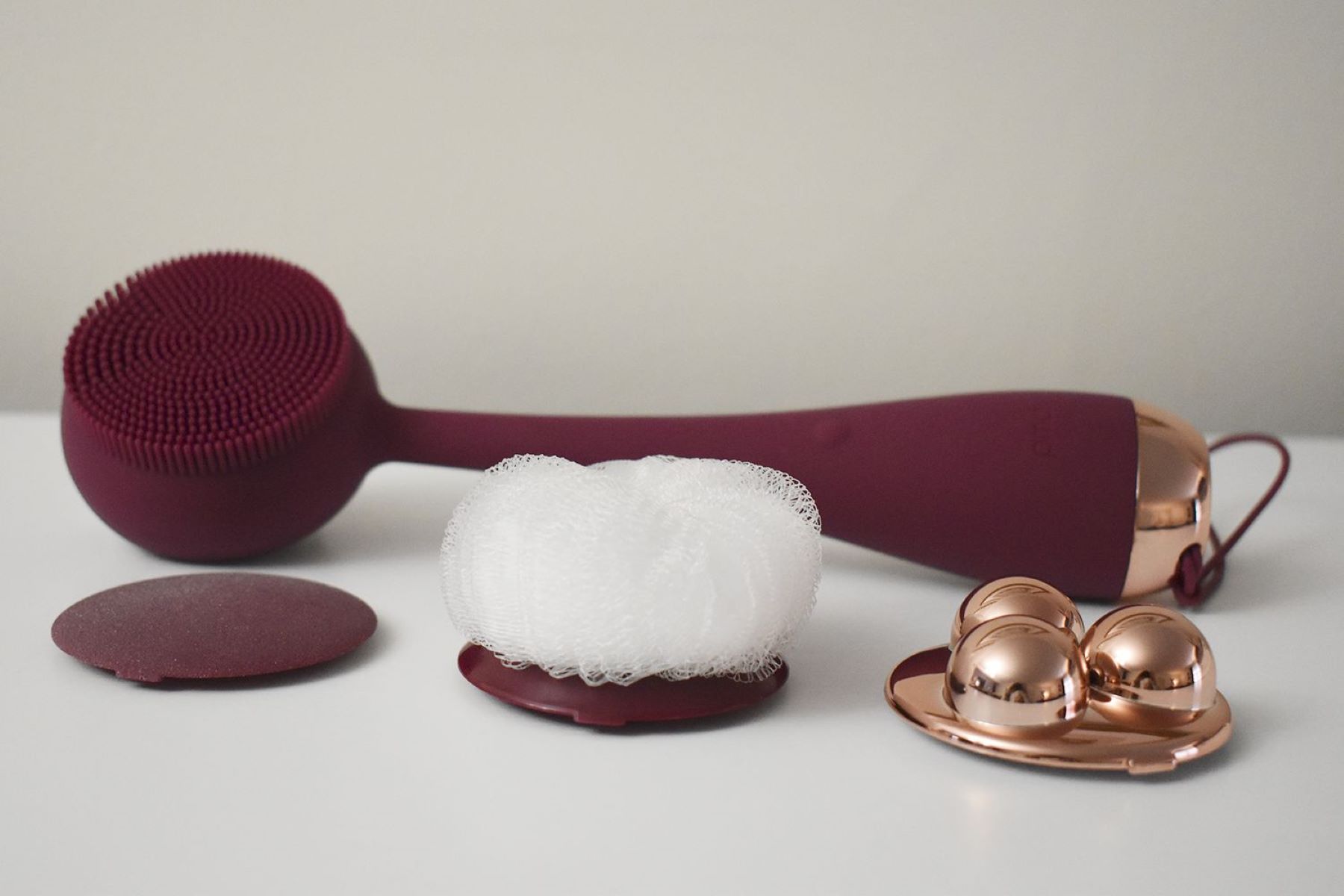
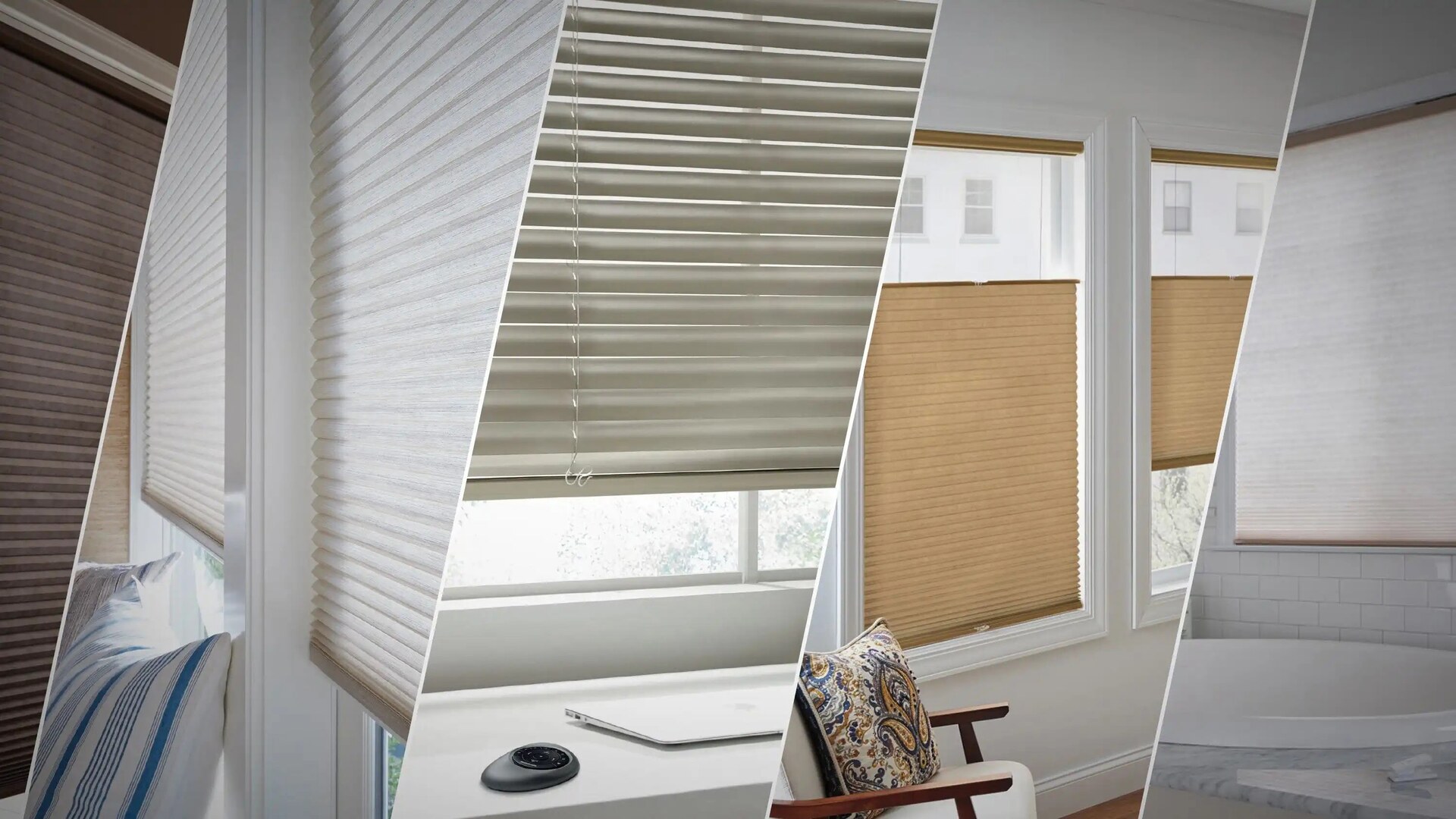
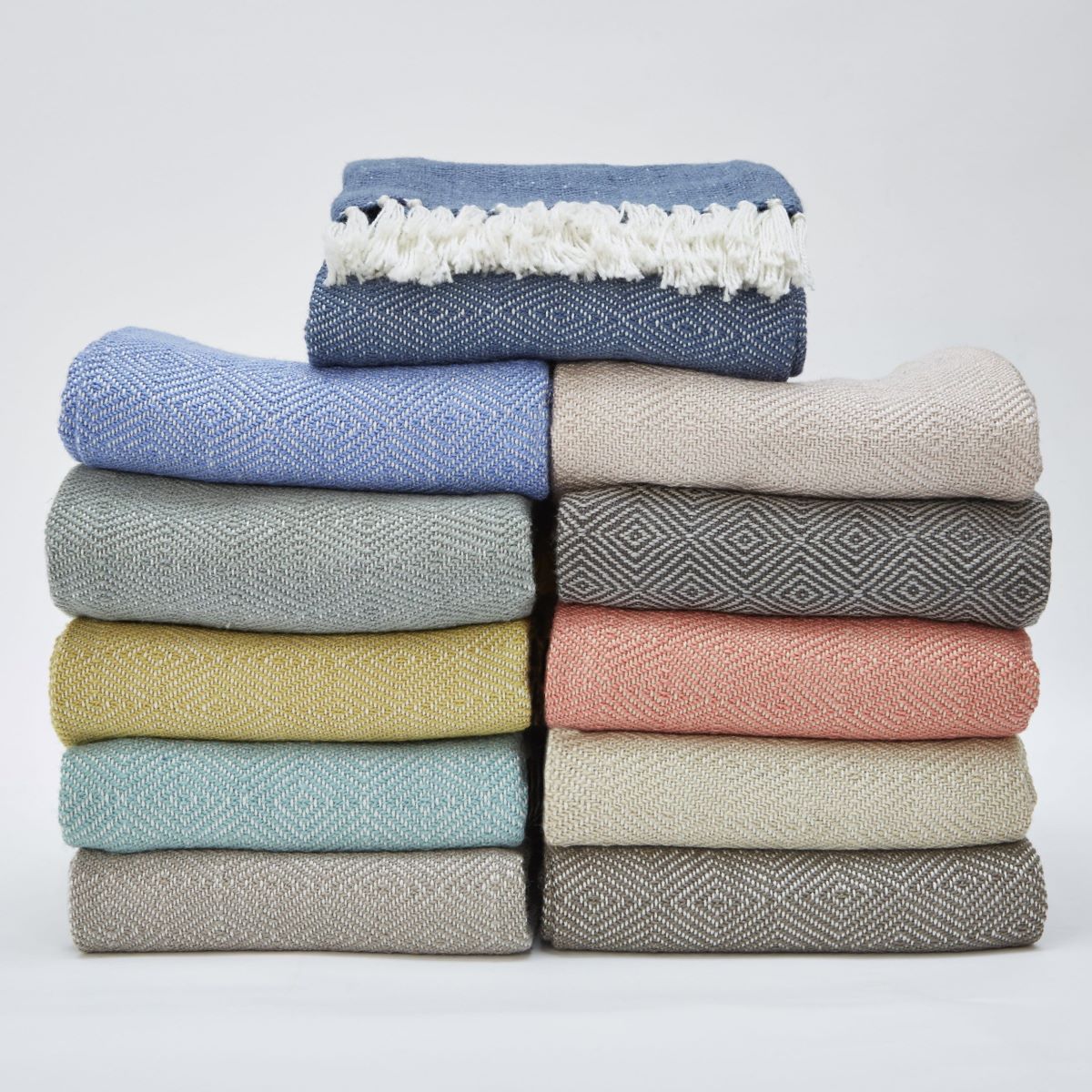
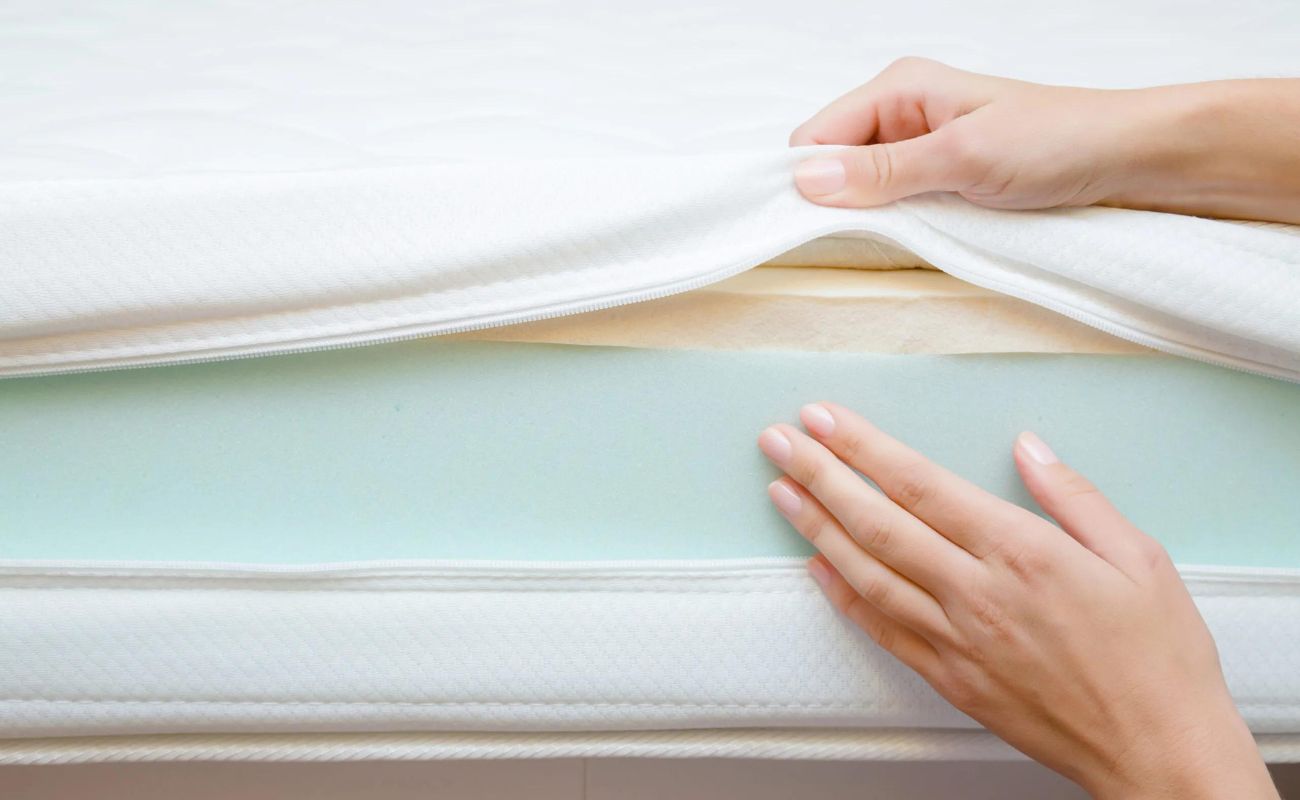
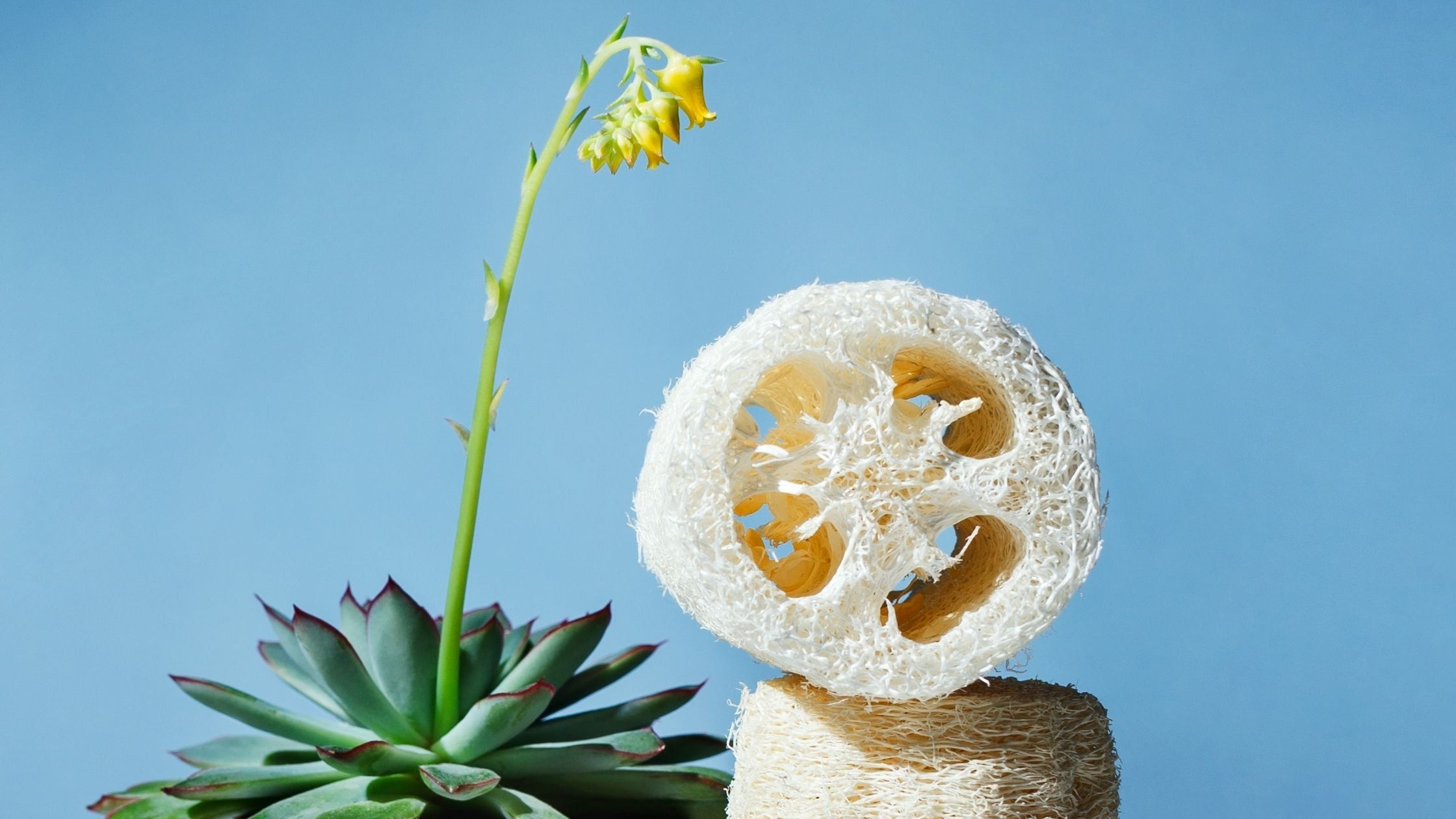
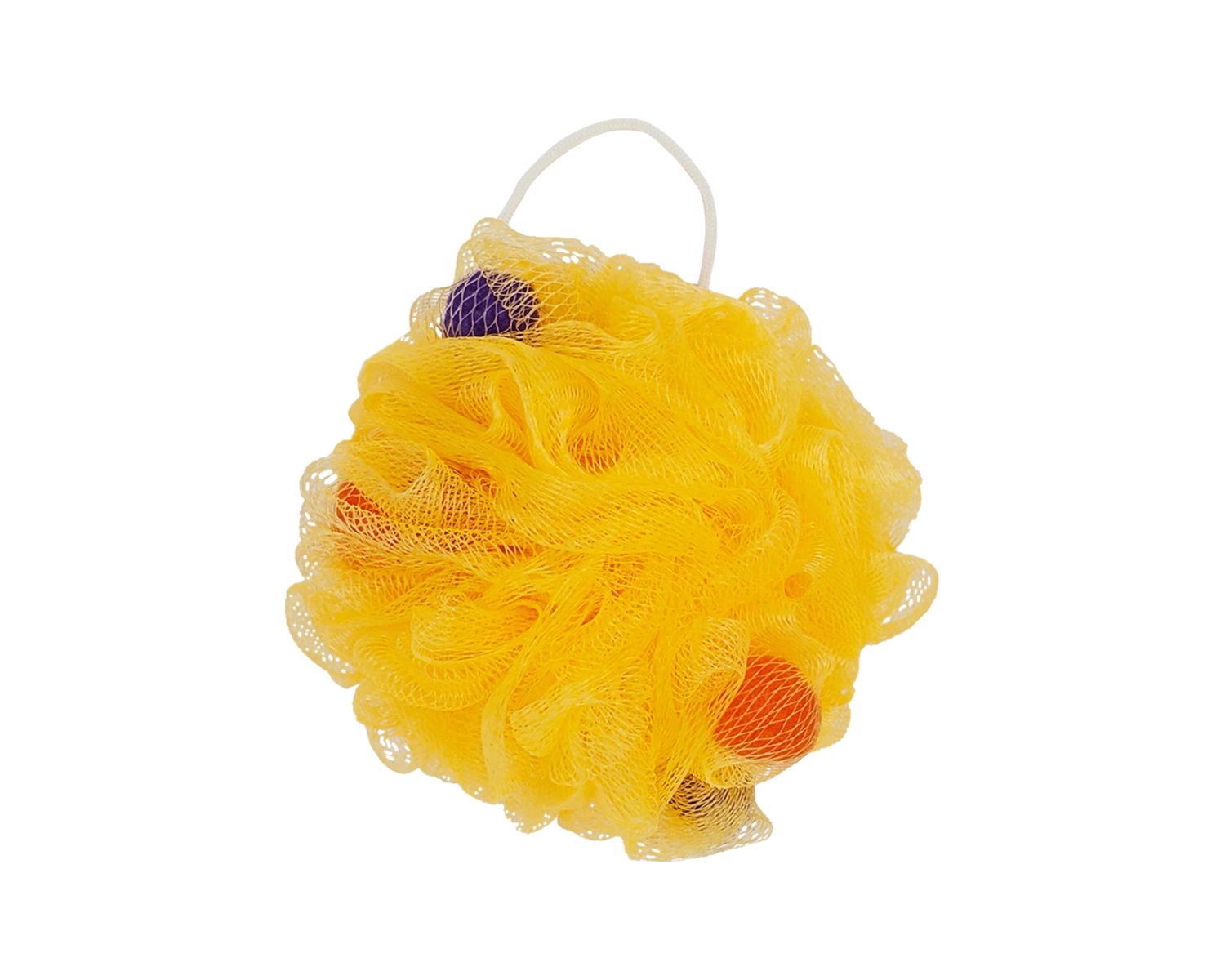
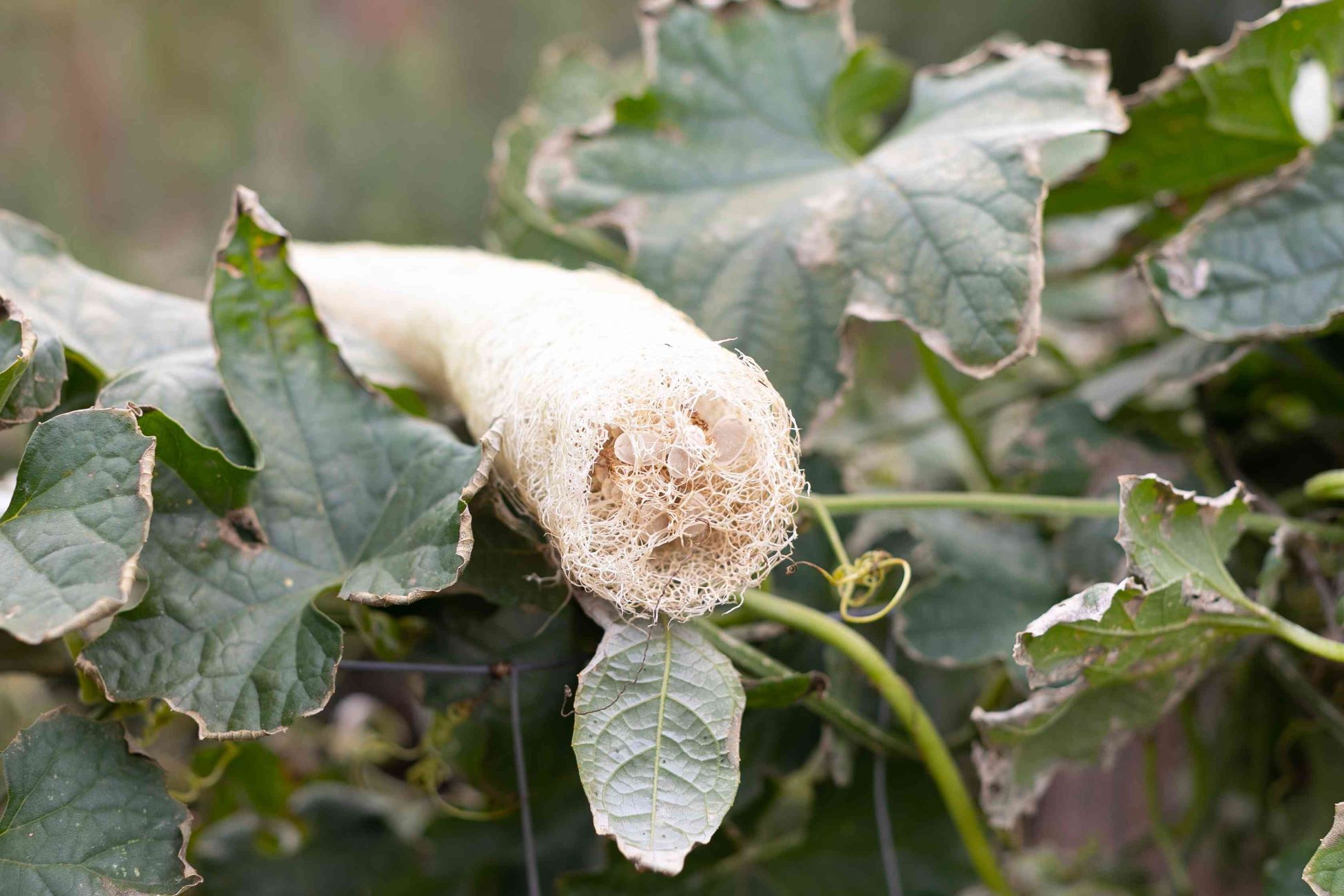
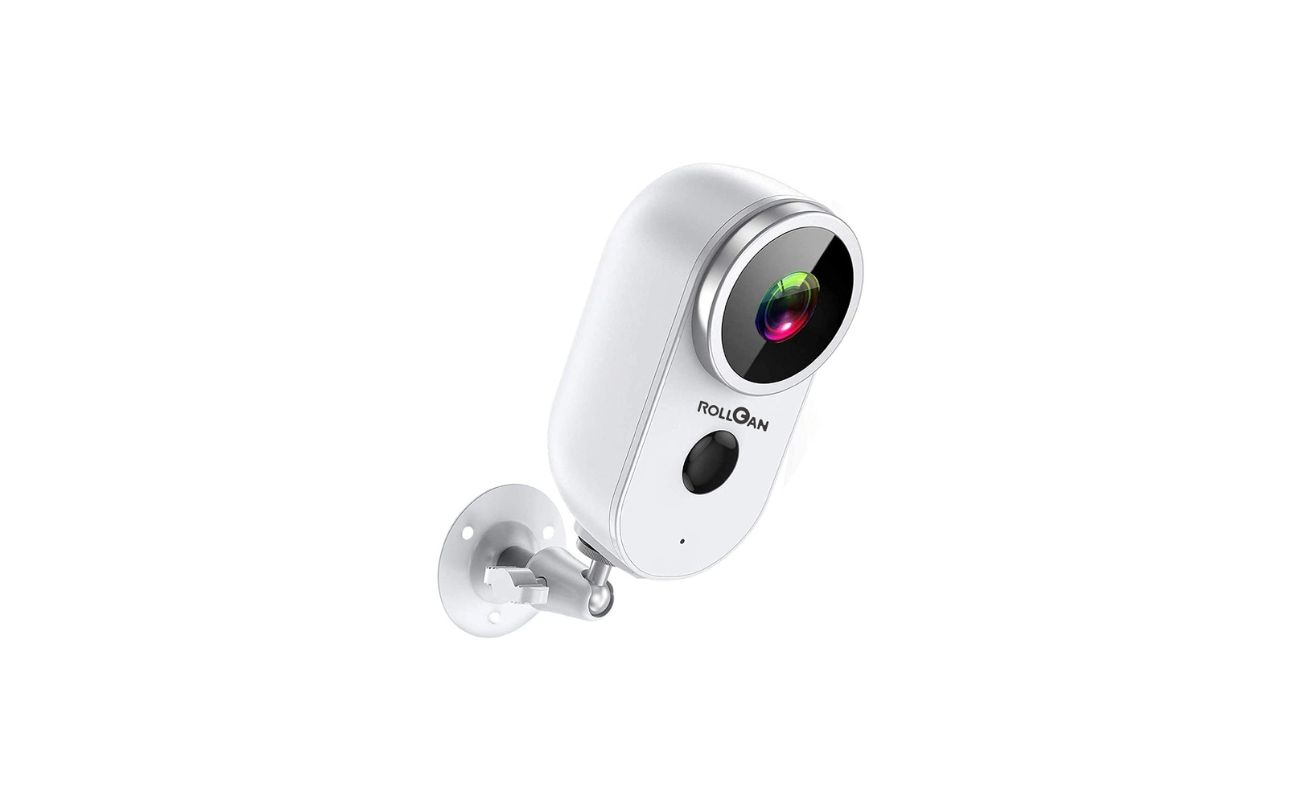
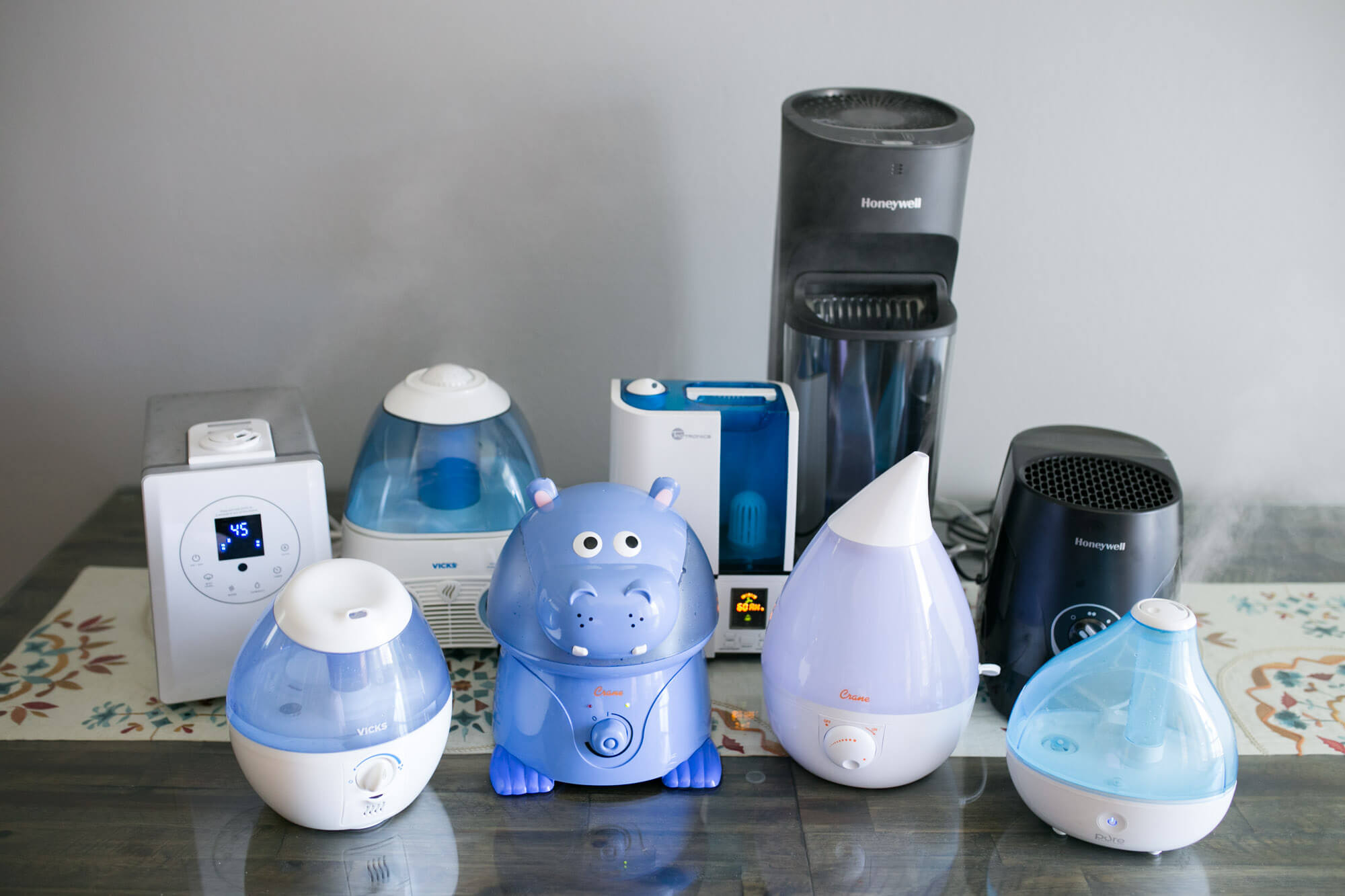
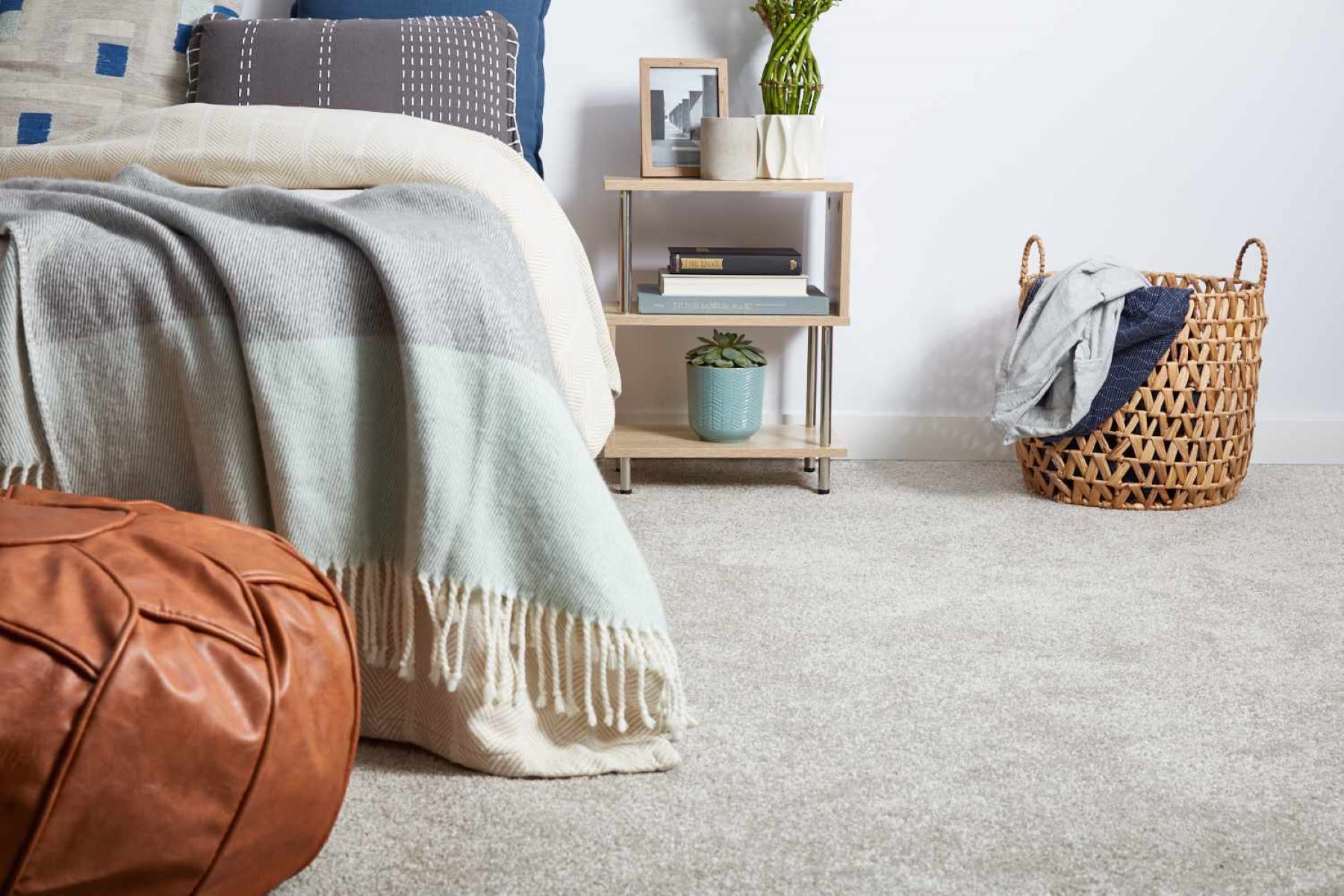
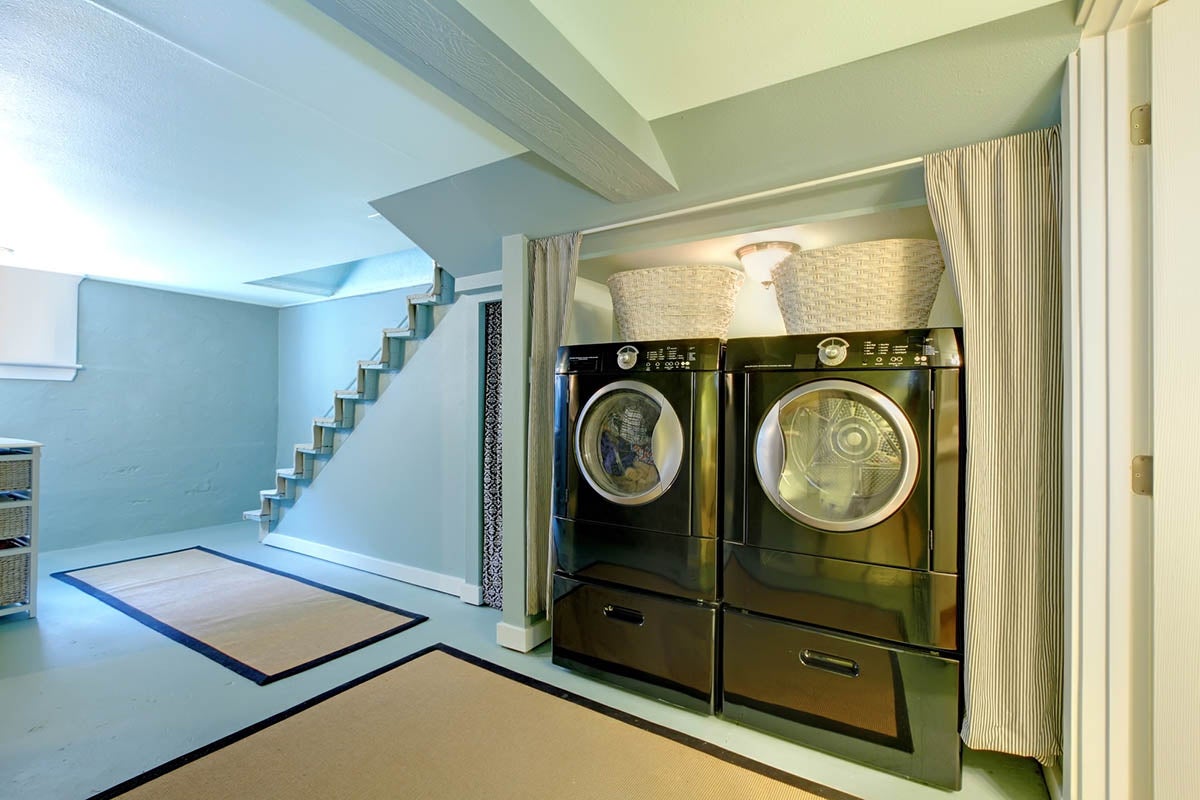
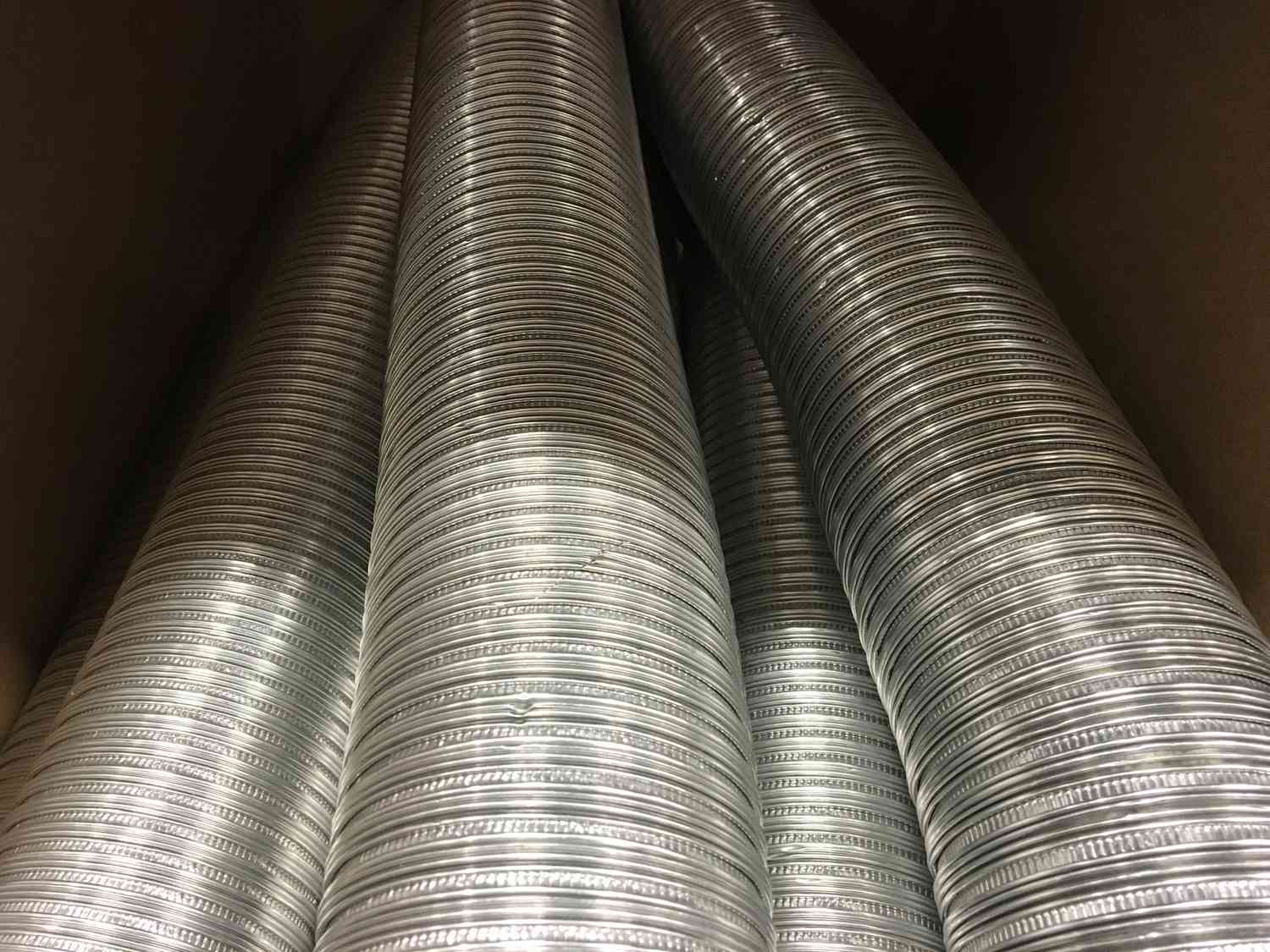
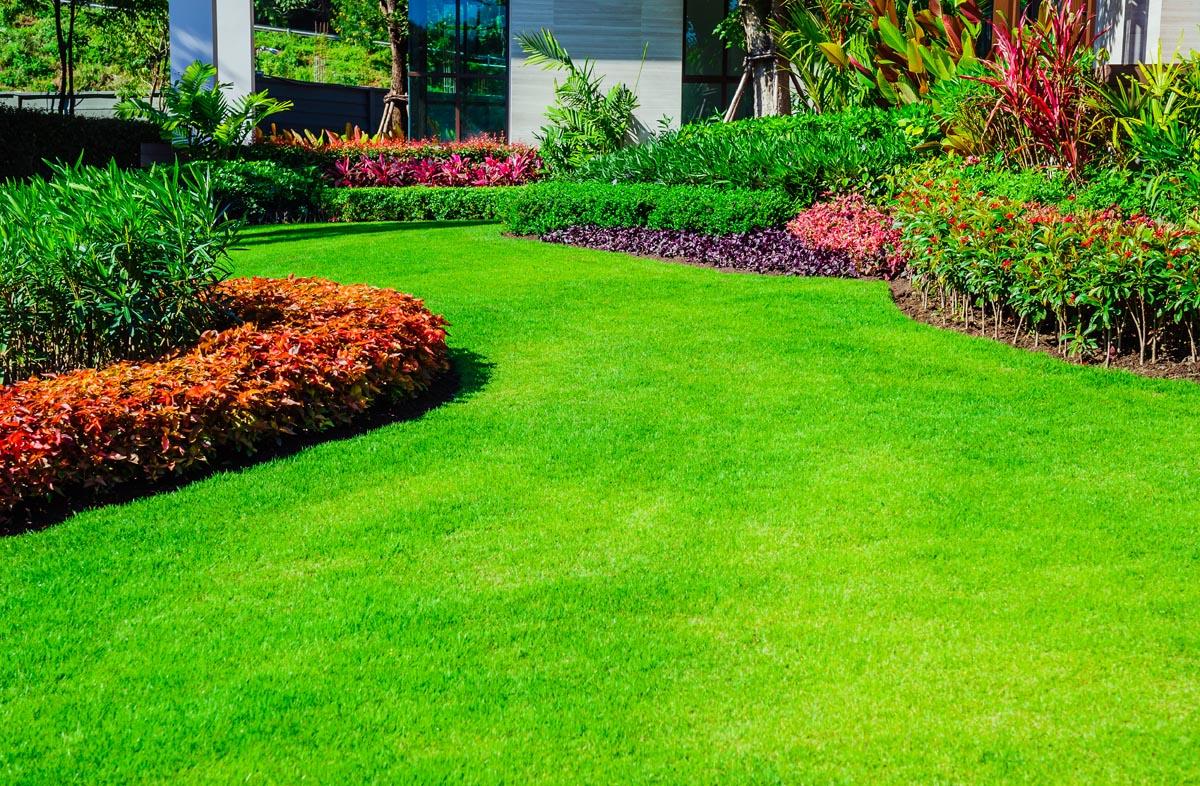

0 thoughts on “What Is The Best Type Of Loofah”